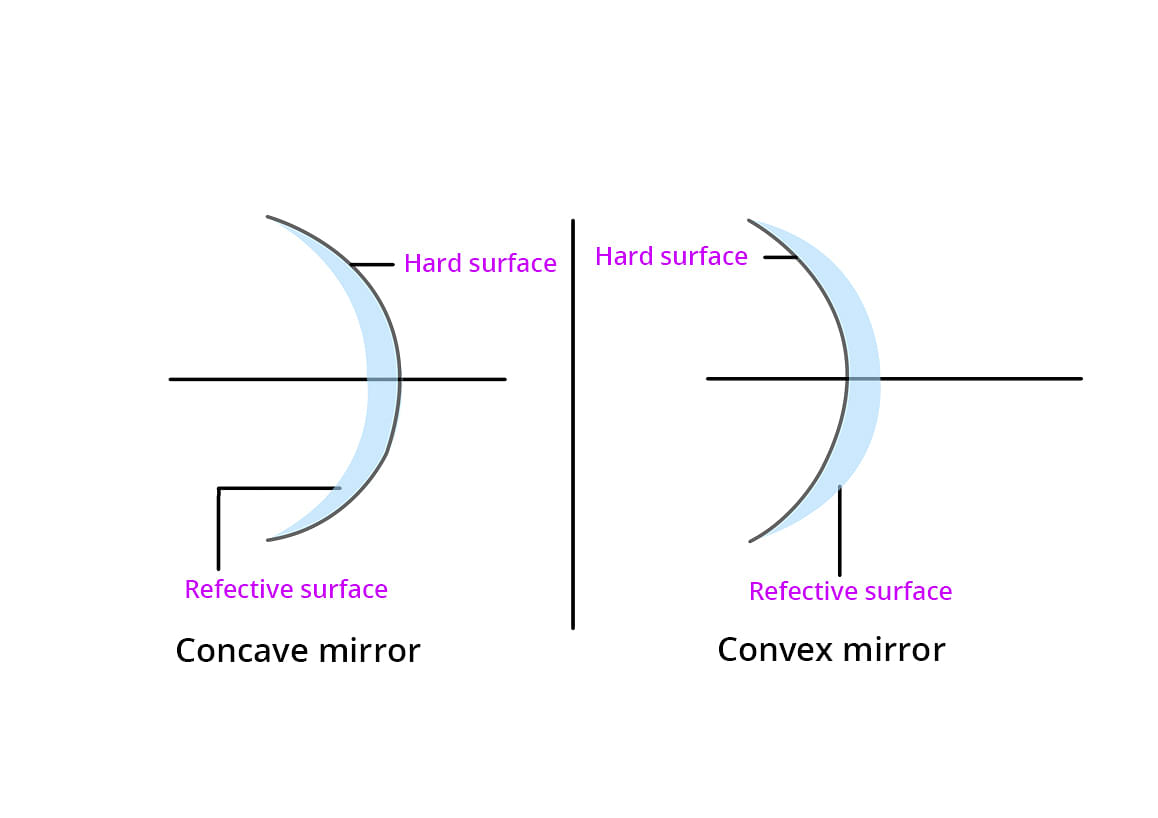Question:
The image formed by a concave mirror is observed to be virtual, erect and larger than the object. Where should be the position of the object?
The image formed by a concave mirror is observed to be virtual, erect and larger than the object. Where should be the position of the object?
Updated On: Nov 18, 2023
- Between the principal focus and the centre of curvature
- At the centre of curvature
- Beyond the centre of curvature
- Between the pole of the mirror and its principal focus
Hide Solution
Verified By Collegedunia
The Correct Option is C
Solution and Explanation
The given characteristics (virtual, erect, and larger than the object) describe an image formed by a concave mirror when the object is located beyond the center of curvature.
Therefore, the correct option is (C): Beyond the centre of curvature.
Was this answer helpful?
0
0
Top Questions on Spherical Mirrors
- A concave mirror produces an image of an object such that the distance between the object and image is 20 cm. If the magnification of the image is \( -3 \), then the magnitude of the radius of curvature of the mirror is:
- JEE Main - 2025
- Physics
- Spherical Mirrors
- (ii) An object at a distance of 16 cm from a spherical mirror forms a virtual image at a distance of 12 cm behind the mirror. Determine the magnification of the image and type of the mirror.
- UP Board X - 2025
- Science
- Spherical Mirrors
- Image of an object formed by a concave mirror is real and of the size of the object. The object is placed -
- UP Board X - 2025
- Science
- Spherical Mirrors
- With the help of a suitable ray diagram, derive the formula \( \frac{1}{v} + \frac{1}{u} = \frac{1}{f} \) for a concave mirror.
- UP Board XII - 2025
- Physics
- Spherical Mirrors
- The length of the image formed by a concave mirror:
- UP Board XII - 2025
- Physics
- Spherical Mirrors
View More Questions
Questions Asked in CBSE X exam
- In the food chains given below, select the most efficient food chain in terms of energy:
- Imagine you are a part of a 'Self Help Group' (SHG). Explain the working system of the Self Help Group (SHG) to the new member.
- CBSE Class X - 2025
- Money and Credit
- How did the Civil Disobedience Movement become a mass movement? Explain with examples.
- CBSE Class X - 2025
- Nationalism in India
- In the given figure, AB \(||\) DE and BD \(||\) EF. Prove that \(DC^2 = CF \times AC\).

- CBSE Class X - 2025
- Triangles
- Choose the odd one out from the following options regarding the sectors of economy:
- CBSE Class X - 2025
- Sectors of Indian Economy
View More Questions
Concepts Used:
Spherical Mirrors
A spherical mirror is a mirror which has been cut out of a spherical surface.
There are two kinds of spherical mirrors:
- Convex Mirror
- Concave Mirror

Concave Mirror
Concave mirrors are also called converging mirrors, because in these types of mirrors, light rays converge at a point after impact and reflect back from the reflective surface of the mirror.
Convex Mirror
The convex mirror has a reflective surface that is curved outward. Regardless of the distance between the subject and the mirrors, these mirrors are "always" virtual, upright and reduced.